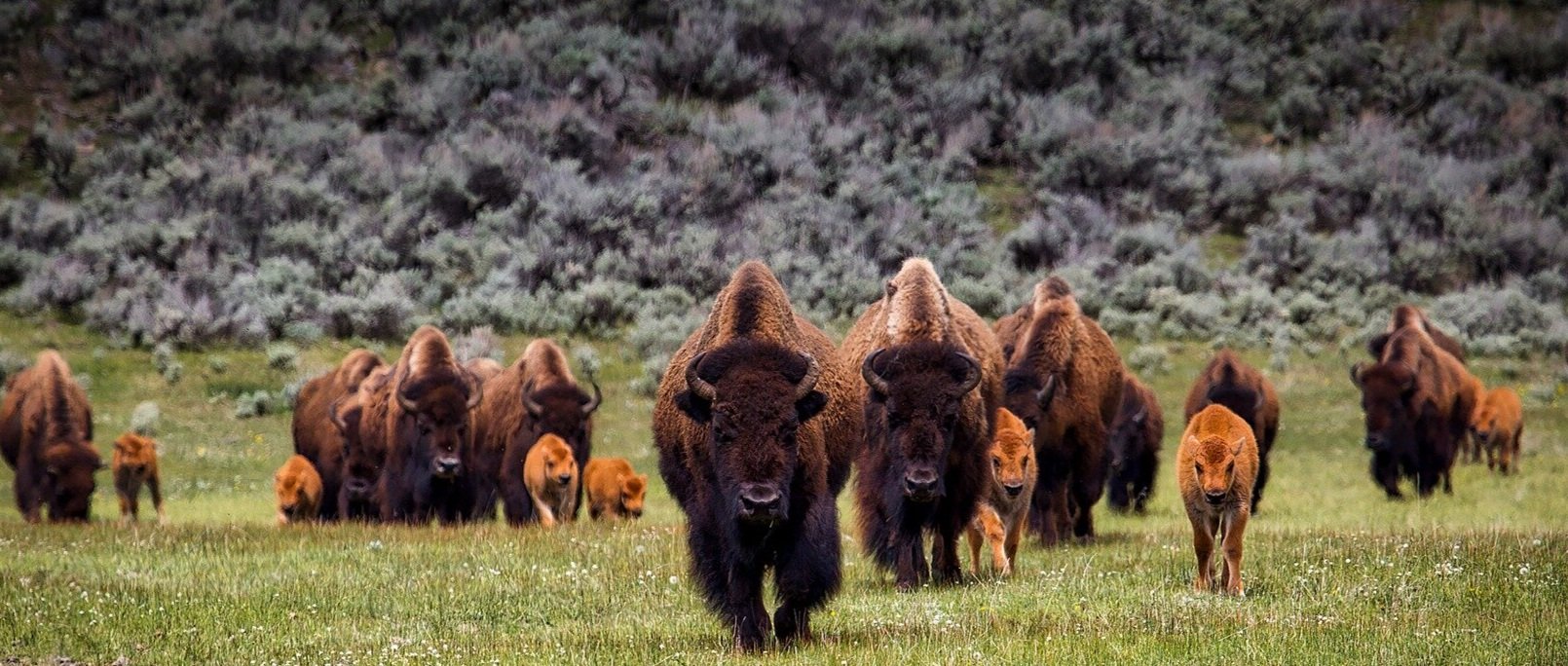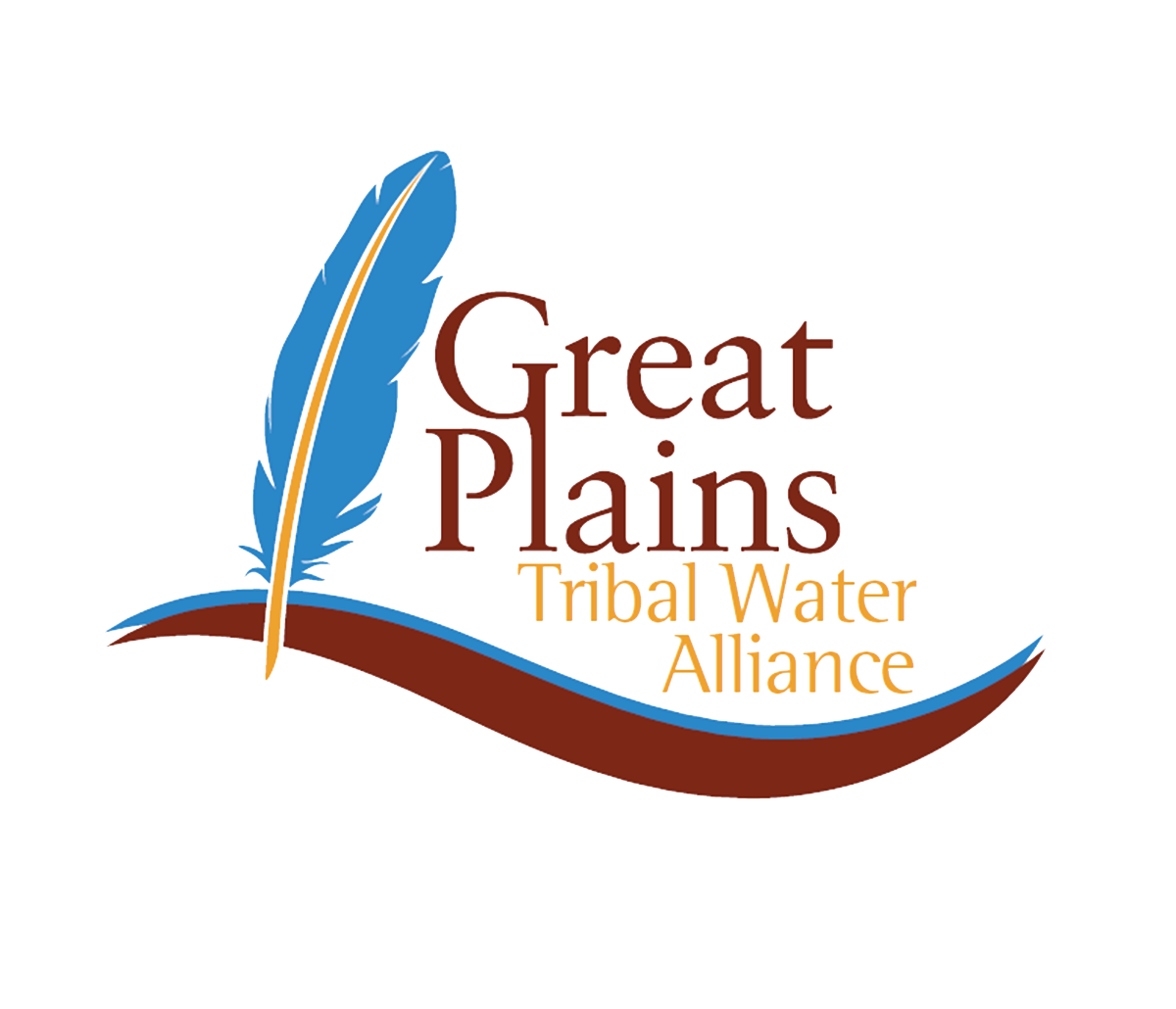
Resources
Released in August 2021 the Status of Tribes and Climate Change (STACC) Report seeks to uplift and honor the voices of Indigenous peoples across the U.S. to increase understanding of Tribal lifeways, cultures, and worldviews, the climate change impacts Tribes are experiencing, the solutions they are implementing, and ways that all of us can support Tribes in adapting to our changing world.
The Fort Laramie Treaty of 1851 was signed on September 17, 1851, between United States treaty commissioners and representatives of the Cheyenne, Sioux, Arapaho, Crow, Assiniboine, Mandan, Hidatsa, and Arikara Nations. The Treaty states that the United States of America acknowledges that all land covered by the treaty was Indian territory and may not claim any part of it.
The 1868 Treaty established the Great Sioux Reservation including ownership of the Black Hills. It was negotiated by members of the government-appointed Indian Peace Commission, and signed between April and November 1868 near Fort Laramie in the Wyoming Territory.
Map of the Great Sioux Reservation and other Sioux Lands as defined by the Indian Claims Commission in the 1868 Treaty.
The National Climate Assessment (NCA) is a report mandated by congress, at minimum every four years, to assess the science of climate change and its impacts across the United States, now and throughout this century. The 4th NCA was released on November 23, 2018. Chapter 22 focuses specifically on the Northern Great Plains Region and Chapter 15 is specific to Tribal Nations and Indigenous Peoples.
ITEP’s mission is to strengthen tribal capacity and sovereignty in environmental and natural resource management through culturally relevant education, research, partnerships and policy-based services. ITEP envisions a healthy environment for strong, self-sustaining tribal communities. ITEP's website has a wealth of information for climate change efforts including templates, resources, and points of contact for further information regarding tribal climate adaptation.
The High Plains Regional Climate Center (HPRCC) provides the public with several ways to access climate data and information. Whether via direct contact, website access, or through a subscription to one of HPRCC’s online services, users can acquire a variety of climate data products, such as:
• Near Real-Time and Historical Climate Data
• National and Regional Climate Data Maps
• Agricultural Climate Products
• Monthly, Quarterly, and Annual Regional Climate Summaries
The Tribal Climate Change Guide is part of the Pacific Northwest Tribal Climate Change Project. It is a comprehensive guide to climate change events, resources, and funding opportunities. It is run by Kathy Lynn out of the University of Oregon.
Tribal Nations have been actively engaged in efforts to understand climate risks to their natural and cultural resources, and what they can do to prepare. The University of Washington’s Climate Impacts Group have carefully selected a suite of resources that may be useful at each stage in the process of evaluating vulnerability to climate change—from Nations just getting started to those well on their way.

